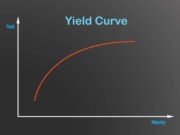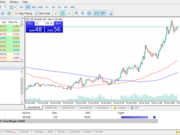What is ‘Gamma Neutral’
A method of managing risk in options trading by establishing an asset portfolio whose delta rate of change is zero. A gamma-neutral portfolio hedges against second-order time price sensitivity. Gamma is one of the “options Greeks” along with delta, rho, theta and vega. These are used to assess different types of risk in options portfolios. The risk level of an options portfolio could also be managed through delta neutral, theta neutral and vega neutral strategies, which are used to hedge against the risks of price sensitivity, time sensitivity and implied volatility.
Explaining ‘Gamma Neutral’
A gamma neutral portfolio can be created by taking positions with offsetting deltas. This helps to reduce variations due to changing market prices and conditions. A gamma neutral portfolio is still subject to risk, however. For example, if the assumptions used to establish the portfolio turn out to be incorrect, a position that is supposed to be neutral may turn out to be risky. Furthermore, the position has to be rebalanced as prices change and time passes.
Further Reading
- Asian options, the sum of lognormals, and the reciprocal gamma distribution – www.worldscientific.com [PDF]
- The variance gamma process and option pricing – academic.oup.com [PDF]
- The variance gamma (VG) model for share market returns – www.jstor.org [PDF]
- Is Petrobras Options Market Efficient? A Study Using the Delta-Gamma Neutral Strategy – www.tandfonline.com [PDF]
- Delta, gamma and bucket hedging of interest rate derivatives – www.tandfonline.com [PDF]
- Option pricing using variance gamma Markov chains – link.springer.com [PDF]
- Estimating risk-neutral density with parametric models in interest rate markets – www.tandfonline.com [PDF]
- Maximizing the expected net future value as an alternative strategy to gamma discounting – www.sciencedirect.com [PDF]


































